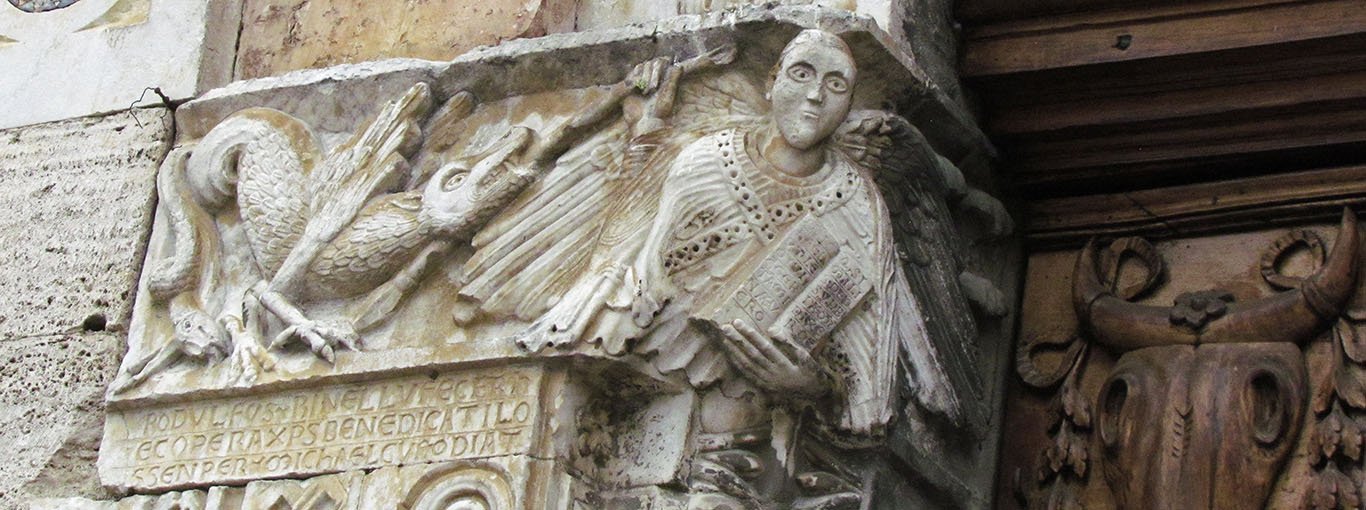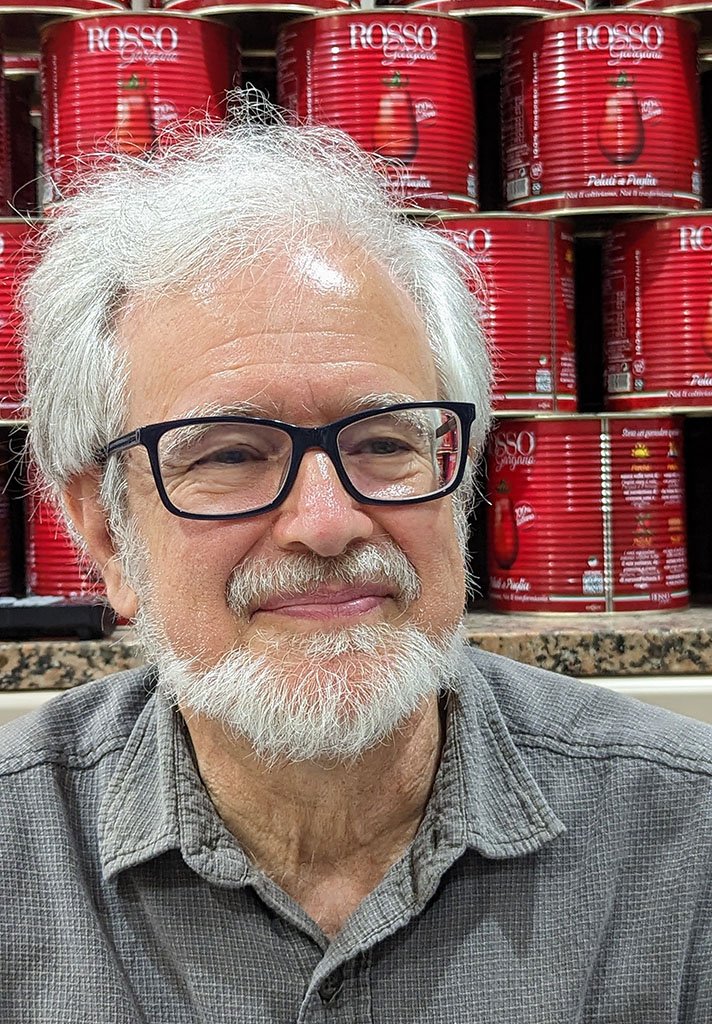


I am launching this home site to present my academic writing on medieval art, culture, and church history, mainly in Galicia and Spain. I am a newcomer to coding and building a website. I begin this "test" run with an intellectual biography. Next, I will add pages for each of my publications. I am organizing those under five topics: Romanesque Churches, Cistercian Monasteries, Documents, Diocese of Lugo, and Galicia. In introductory essays, I will reflect on what I have learned about fieldwork and archival research; the methodologies, aims, and limits of projects; and the professional contexts for pursuing and publishing interdisciplinary research in a small field of the Humanities far from home. This site will also link to two others where I plan to share my research materials and photography: Medieval Galicia and Art History Stuff. When I open the About menu, you will be able to use that to access my biography, a page with an overview of my websites, and another with regular updates on what's new.
I center my biography on my upbringing, education, and entry into a career as a college professor. I am keenly aware of the peculiarities of my own path. A grandson of immigrants from Sicily and southern Italy, I was raised in the Bronx and attended Catholic schools. Within my extended family, mine was the first generation, in the 1960s and 70s, in which a few of us headed to college. I traveled across the country to Reed College in Portland, Oregon. To some schoolmates and family members, my decision to design a Medieval Studies major there must have looked perversely esoteric. I went on to graduate study in Art History as a Marshall scholar at the Courtauld Institute of Art. After living in London for three years, I continued my PhD research for two years in Santiago de Compostela before returning to the United States to enter the job market as an ABD ("all but the dissertation").

I devoted my PhD dissertation (1988) to rural Romanesque churches. Doubling down on marginality, I selected Galicia, a region perceived as peripheral even by Spaniards. A desire to do history “from below” had motivated me to write a BA thesis (1977) on popular heresies and later to look past a canon which still gripped art history. With the generous—and life-changing—opportunity a Thomas J. Watson Fellowship (1977-8) afforded, I was eventually captivated by the stunning beauty, daunting remoteness, and rich local histories of the Galician countryside and its moss-clad buildings of granite and slate, but that year of travel in southern Europe was also bringing into focus a broad intellectual agenda. Long before these academic milestones, my earliest readings, hobbies, and schooling had nurtured intellectual curiosity and independence in a shy, introspective youngster and teenager. These formative experiences had a lasting impact on my later choices. Those choices would also reveal, as I slowly learned, an outsider's ignorance about the professional contexts for research and the social world of an academic career.
I thank you for visiting my site and invite you to explore it and return, as it grows. I hope you will visit my research sites as I build them. I welcome comments on both design and content.
I have loaded this Home Page and the set of thirteen pages for the Biography which you can access through the link. All images have titles/captions which you can see by hovering over them (you'll also see translations by hovering over foreign language quotations). Many images have alt text as well, but I am still adding those. If you view the pages on a mobile device, some images may be hidden unless you're in "landscape" mode. The next stage will be to add the navigation bar, set up more of the "architecture" of the site, and open at least the home pages of the other two websites.
Copyright: James D'Emilio, who is the author of all texts and the author or owner of photographs, unless another source is acknowledged; last revised, April 20, 2025